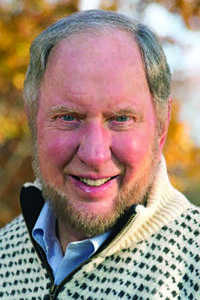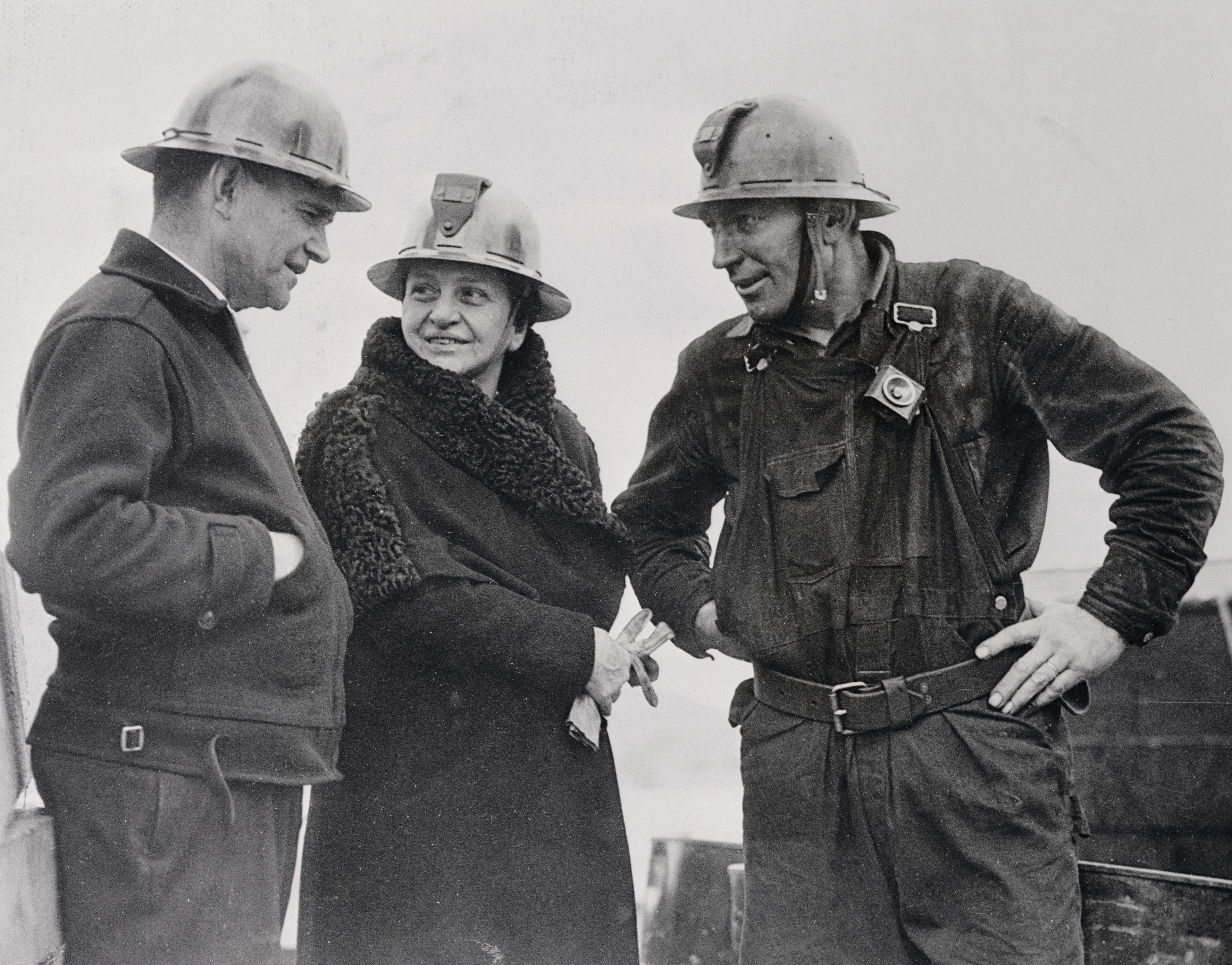Scholar is optimistic that the nation can change its self-centered “I come first” posture and return to the “we” society of the Progressive Era
Robert D. Putnam is the Malkin Research Professor of Public Policy at Harvard University. He has won every major scholarly honor in his profession. In 2013 President Barack Obama awarded him the National Humanities Medal for “deepening our understanding of community in America.” Putnam’s 16 books include Bowling Alone: The Collapse and Revival of American Community. His latest, The Upswing: How America Came Together a Century Ago and How We Can Do It Again arrived in October from Simon & Schuster.

The United States of the Gilded Age was rife with economic inequality, cultural fragmentation, and social Darwinism. A 65-year shift produced a more communitarian “we” society. When and how did that shift start? The Progressive movement, which was rooted in protests against the late 19th century’s inequities and self-centeredness, flowered in the first decade of the 1900s. This broad, heterogeneous movement was united only by its insistence that America needed change. The young Progressive Walter Lippmann captured America’s essential choice in his masterful book, Drift and Mastery. Lippmann declared that Americans could drift with the seemingly inexorable tide of the Gilded Age but should act to master change in a new direction.
You see in the Progressive Era a “moral awakening” that was pursuing grassroots activism. Describe what citizens took on. Frances Perkins, from a middle-class Yankee family, first encountered Progressive politics when a Mount Holyoke professor asked her to study working conditions in factories. After more than 30 years as a reformer, Perkins culminated her career as the first American woman cabinet member, when she served as FDR’s secretary of labor. Tom Johnson rose from poverty in Virginia to succeed as a young industrialist. But in his mid-30s, inspired by the reform spirit, Johnson reversed course to become the country’s foremost urban activist and reformer. Ida B. Wells, born into slavery and outraged at being thrown off a segregated train in 1884, became a leading voice for Black rights and in the early 1900s almost single-handedly ended the abominable practice of lynching.

What you call the Great Convergence saw congruent improvement in economic equality, political comity, social cohesion, and community. Did the alignment of those four factors surprise you? I was shocked, though I should not have been, because researchers already had documented the changes in each of those four areas. I and my co-author Shaylyn Romney Garrett noticed the remarkable uniformity of change across all four. That simultaneity altered our perspective on each of the four taken separately.
How did education and public high school figure in this communitarian period? Few people know that around 1910 Americans invented the public high school. For the first time anywhere, communities were providing free secondary education to all the kids in town. Remarkably, this innovation came not top-down, not from national experts, and not from leading metropolises, but from grassroots activists in small Midwestern towns, where the sense of community was strongest.
Cooperation marked the era, including the New Deal and on through the civil rights era of the 1960s. FDR’s nine major New Deal reforms—the Reconstruction Finance Corporation, the Agricultural Adjustment Act, the Tennessee Valley Authority, the National Industrial Recovery Act, the National Housing Act, the Works Progress Administration, Social Security, the National Labor Relations Act, and the Fair Labor Standards Act—had the support of nearly half—47 percent—of congressional Republicans. President Lyndon Johnson’s six major Great Society initiatives—the War on Poverty, Civil Rights, Voting Rights, Medicare/Medicaid, federal aid to education, and immigration reform—had the backing of 63 percent of congressional Republicans. Compare that to recent years, in which comparable initiatives—Obamacare or Trump’s tax reforms—have had the support of 3 percent of the opposing party.
For much of the 20th century, America enjoyed rapid economic growth and greater equality—the best of our individualistic and communitarian impulses—not an easy balance to achieve. People—and especially economists—often say we have to choose between growth and equality. But for most of the “we” era we in fact had both growth and equality. The idea that a hard choice between growth and equality is unavoidable is an optical illusion that is being promoted by extreme individualists.
In the late 1960s and 1970s the pendulum began to swing, and the Great Convergence became the Great Divergence, leading to a “second Gilded Age.” America entered the 1960s in a “we” posture, and in a kind of collective backflip emerged from that decade heading in an “I” direction. It happened so quickly that it’s hard to name a single cause, but the pivot is apparent even in the era’s popular music. In the 1960s the Beatles were singing in harmony about togetherness—I want to hold your hand; I get by with a little help from my friends—but in their final recording as a group in April 1970 a disillusioned George Harrison was complaining, All I can hear, I me mine/I me mine, I me mine. Six months later, John Lennon replied in his solo hit, “God”: I don’t believe in Beatles/I just believe in me.
And since then, you see regression across the four fronts. Has any one been particularly powerful? The changes are so closely synchronized it’s impossible to distinguish what might be causing what, just as it’s impossible when watching birds in flight to tell which bird is leading a flock whose members simultaneously change direction. Pushing the evidence as hard as we can, however, we think we spot two clues: First, surprisingly, economic inequality lags slightly behind the rest, so it is unlikely to be the cause; and second, some non-quantitative evidence hints that cultural change may come earlier than the others.
Despite the current Gilded Age, you seem optimistic that Americans can come together again and rebalance our individual and communitarian virtues. I am optimistic. Indeed, since we finished the book in February events have made me even more optimistic that we are nearing a major historical turning point. The title—The Upswing—suggests it’s time to learn from a comparable turning point more than a century ago. In the first Progressive Era, grassroots mass mobilization was key; young people concerned about new issues were key, political leadership was a lagging indicator, and so on. Not coincidentally, those are precisely the patterns we are seeing today. Personally, I’m more optimistic about our country’s future today than I have been for much of my life.
This interview appeared in the December 2020 issue of American History.





